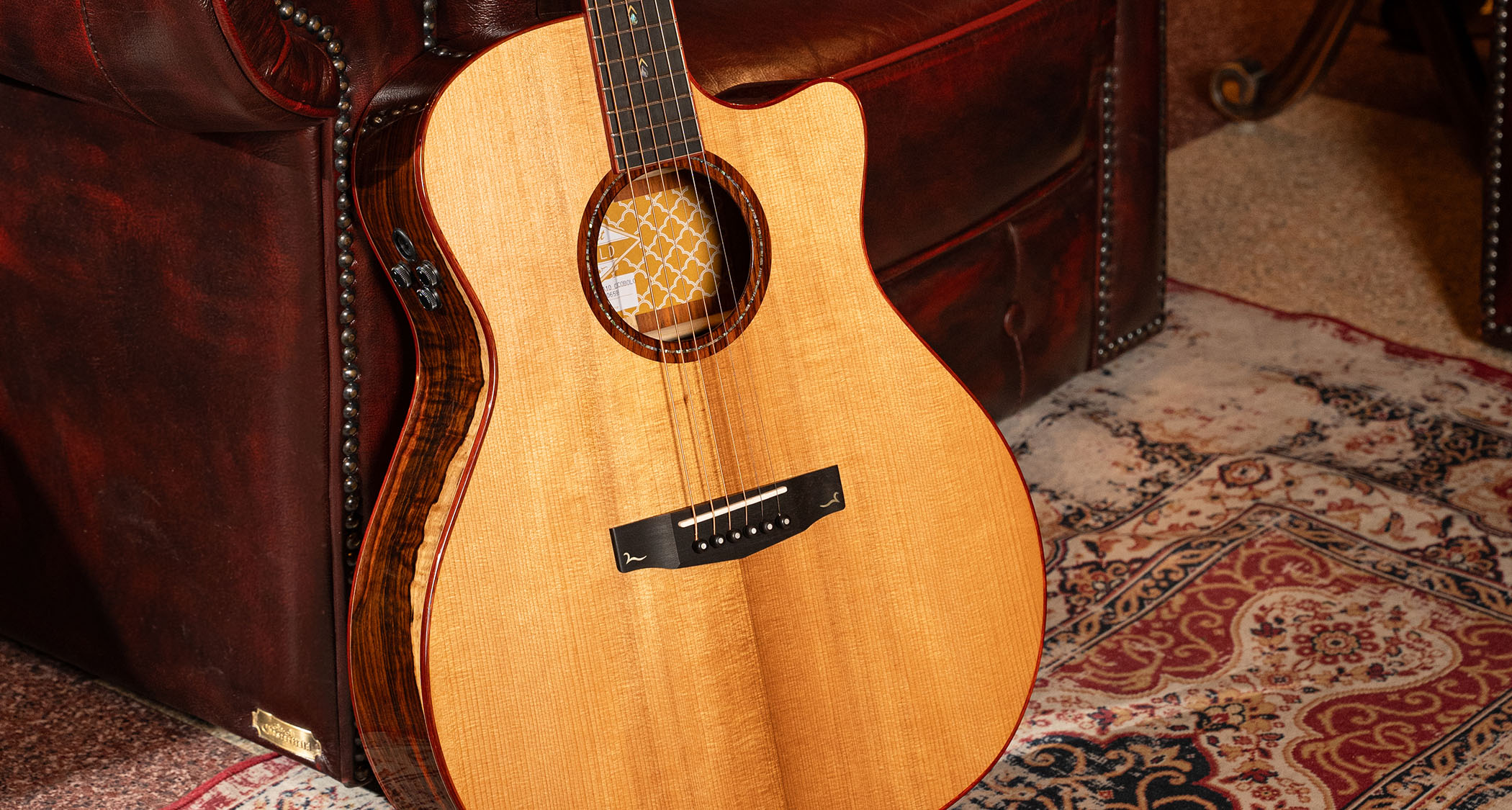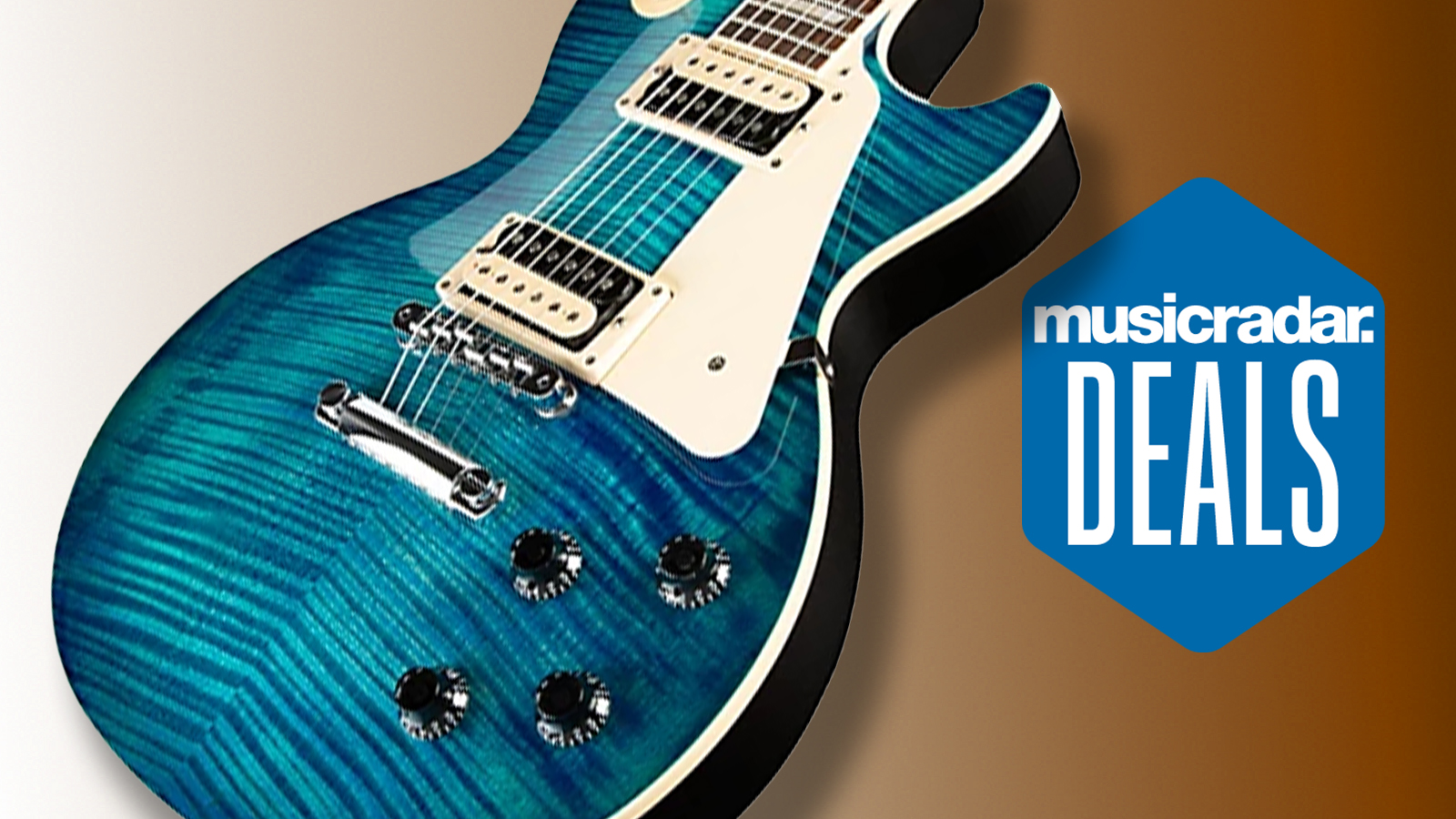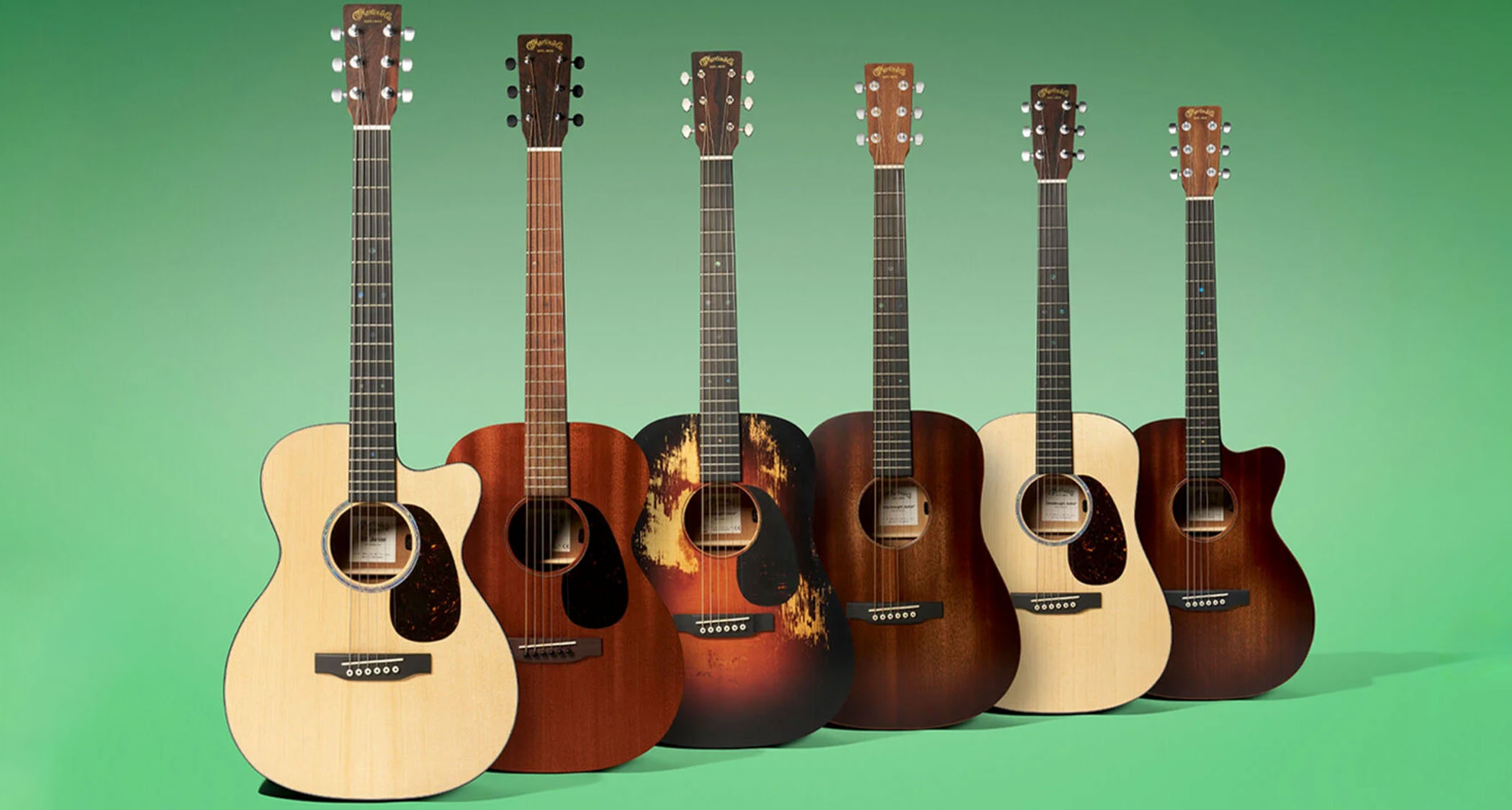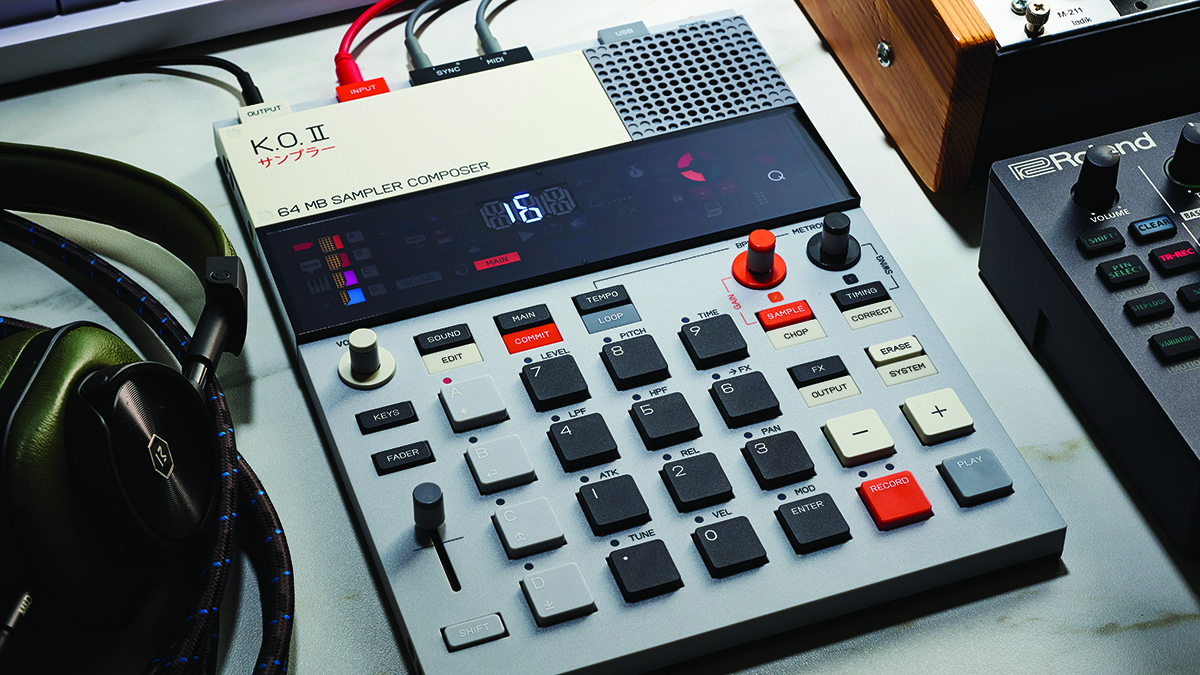How to assemble an electronic drum setup for quiet practice during the lockdown period
Tips and advice to keep you rolling

Let’s face it, we’re staying inside for now, and none of us really know how long it’ll be until we can play our acoustic drum kits and cymbals again. If there was ever a time where having the ability to play quietly was important, it’s right now. So, we’ve put together some ideas on how you can keep playing using electronic drum sets, pads, modules and accessories during the ‘lockdown’ period.
Go for a full electronic drum kit
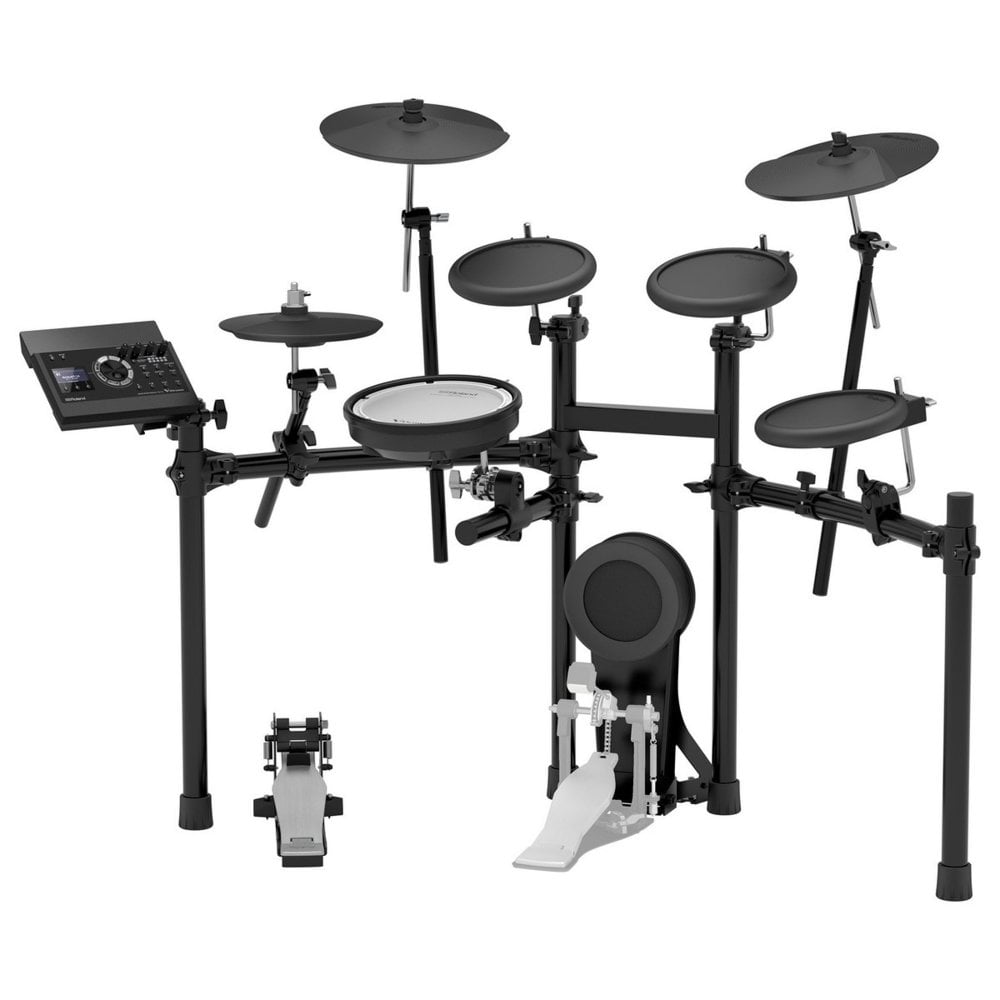
Well, obviously. There’s still a fair amount of stigma attached to electronic kits - mesh heads and rubber pads don’t feel exactly like mylar on a real drum shell, but a drum-like-object that gets you a good way towards the real thing is still better than a practice pad or nothing at all.
If you’re lucky enough to already own an electronic kit, you’re already beating the lockdown on practicing. If not, perhaps now is the perfect time to consider investing. Check out our buyer’s guide to the best electronic drum sets on the market to help inform your decision. Just getting started? Take a look at our guide to the best beginner electronic drum sets.
But remember, it doesn’t have to be a kit
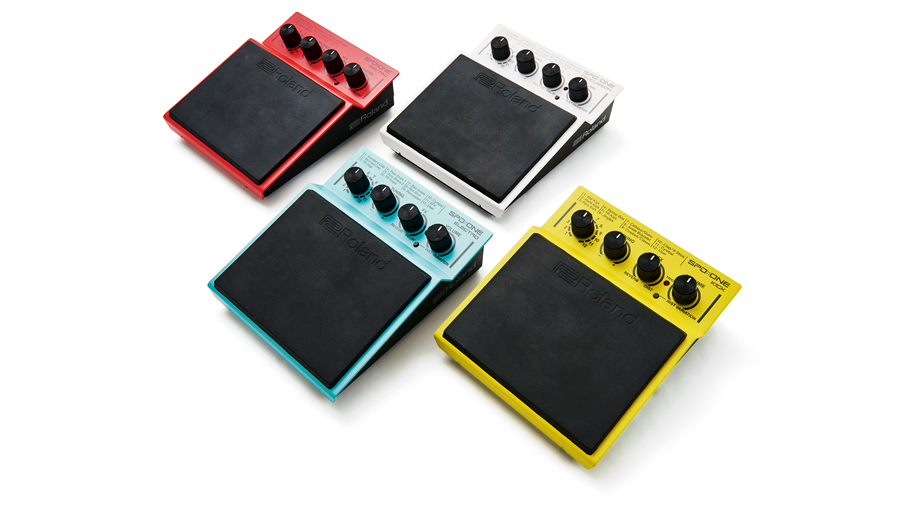
If you don’t have the budget or space for a full electronic setup, it doesn’t mean you’re out of the game. To give yourself an enjoyable way of practicing you’ll need two things: a playing surface and some sort of module to interpret the signal into sound.
This could be as simple as a single-zone rubber trigger pad and a simple brain to practice rudiments on. Roland’s SPD::One series pads are stealthy, include the pad and module in the same unit and will take up a minimal amount of space if you’ve already set-aside spare rooms for working in.
Alternatively, there are a number of electronic practice pads available incorporating the module, playing surface, multiple sounds and a metronome into one single product.
- Get creative with the best electronic drum pads
Don't overlook the gear you already own
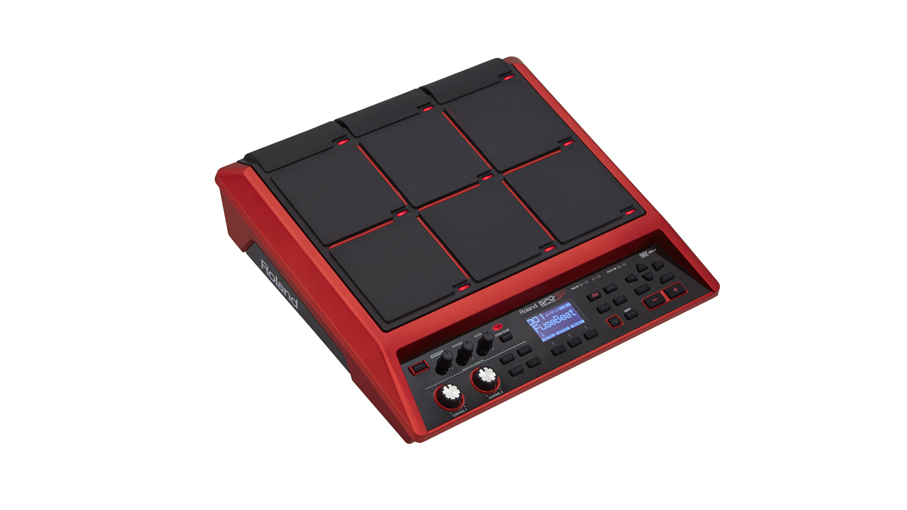
Thanks to the boom in hybrid drumming over recent years, there’s a fair chance you already own some components of a make-shift practice rig. A multi-pad such as the Alesis SamplePad or Strike, Roland SPD-SX or Yamaha DTX Multi 12 will give you plenty of playing surfaces and sounds to allow you to play beats from.
Get the MusicRadar Newsletter
Want all the hottest music and gear news, reviews, deals, features and more, direct to your inbox? Sign up here.
They can also accept a kick trigger, pad or footswitch so that you’re not forgetting your feet. Similarly, modules designed for hybrid use will feature enough trigger inputs to allow you to build yourself a mini-rig comprising kick/snare/hi-hat/cymbal - or any combination of four voices you choose. Take a minute to consider the gear you’ve been using at gigs and see what it has to offer.
Free-up pads by using practice cymbals
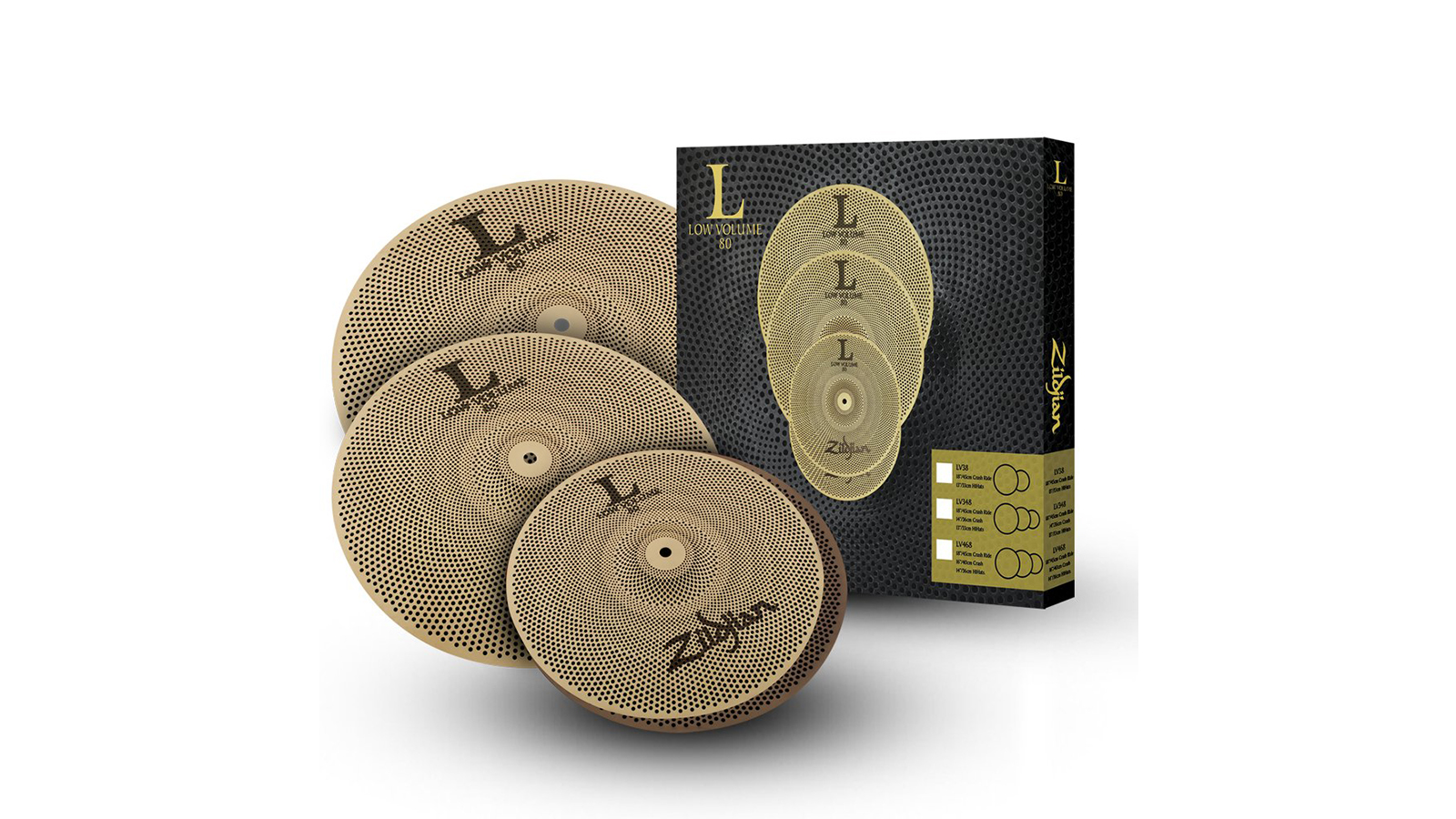
Ok, unless you’re investing in electronic cymbals such as Zildjian’s Gen16 system this breaks from the ‘electronic’ part of the theme, but we won’t tell anyone if you don’t. If you are limited to one or two pads to play on, you could consider using them for drums only, and take care of your metals by investing in some practice cymbals.
These cymbals (Zildjian L80, Sabian Quiet Tones and other brand derivatives) feel like real cymbals, but look more like something you’d use to drain your pasta (if you actually had any right now). The hundreds of tiny holes drastically reduce the volume, allowing you to play ‘real’ cymbal techniques at sensible volumes.
They’re by no means silent, but will offer a very useable solution that won’t cause problems with your neighbours.
Don’t forget the kick
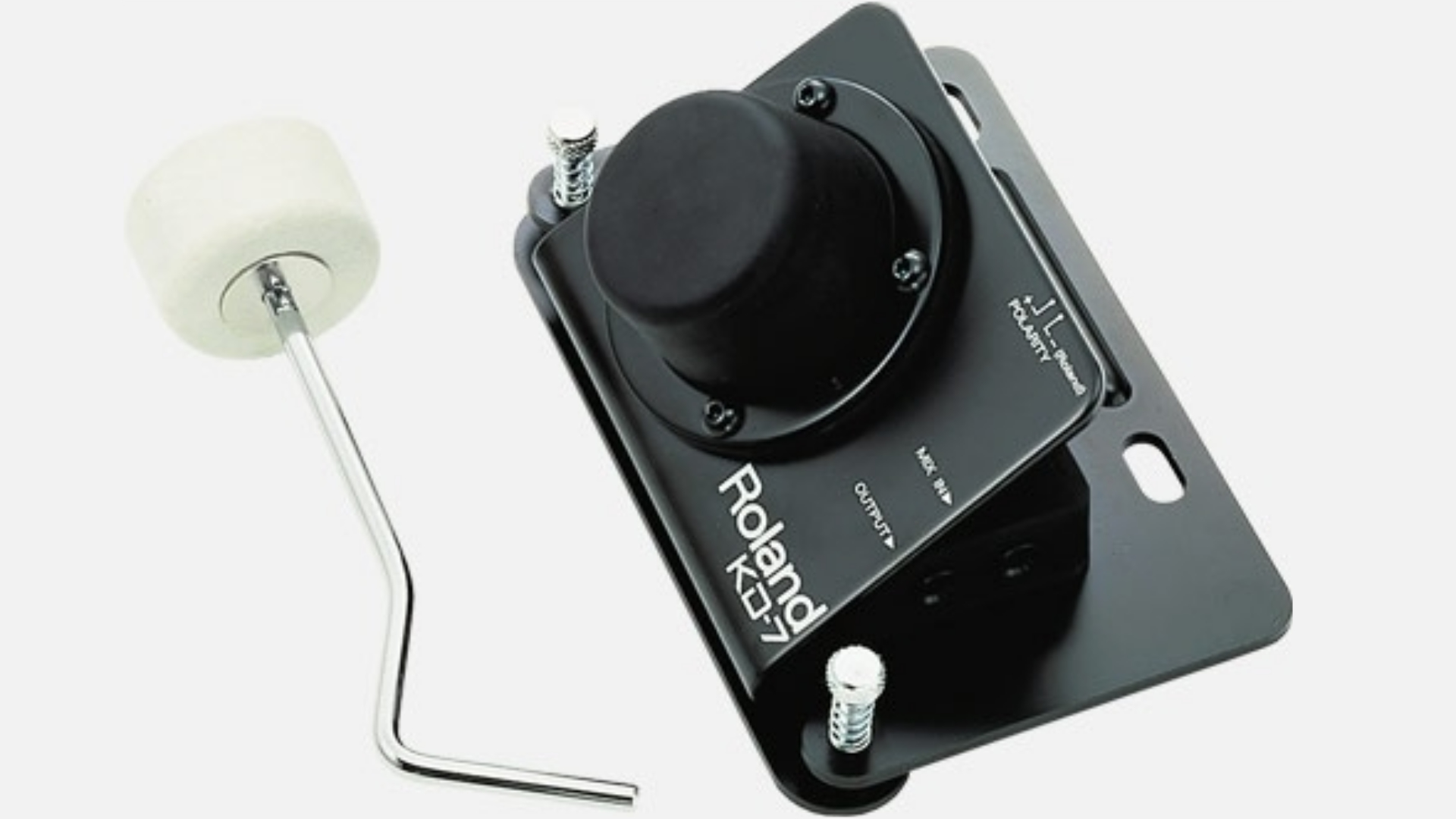
Bass drum pads might be a lot smaller than a 22” kick equipped with an acoustic trigger, but they can still be unwieldy. If you don’t require a double pedal, you can add a small bass drum trigger such as the Roland KT-9, or a KD-7 to your setup in exchange for minimal real estate on the floor.
The KT-9 resembles a hi-hat pedal, but still features moving parts, while the KD-7 is a pad that is struck by a beater. It comes with its own bespoke beater, which is attached to your pedal and is pre-angled to ensure that the whole lot doesn’t require a lot of space.
Convert an acoustic drum
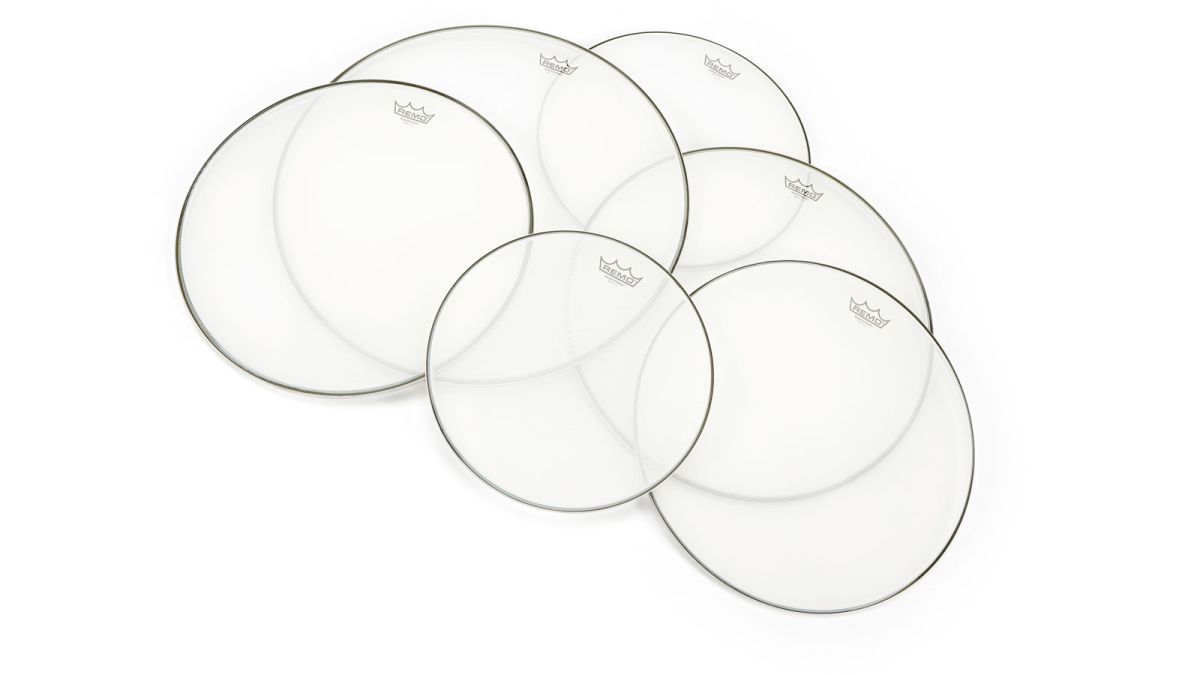
We’ve already seen a number of impressive acoustic-electronic full kit conversions during the crisis. If you don’t want to do an entire kit, you could consider starting with a single drum. Many head manufacturers including Evans and Remo offer mesh heads that will fit right on your acoustic drum.
You only really need to worry about the batter side too, as long as you aren’t cranking the tension. From here, you can add a trigger - either a temporary clamp-on acoustic model, or you could consider making the modification more permanent by opting for an internal trigger.
Use your pad’s zones
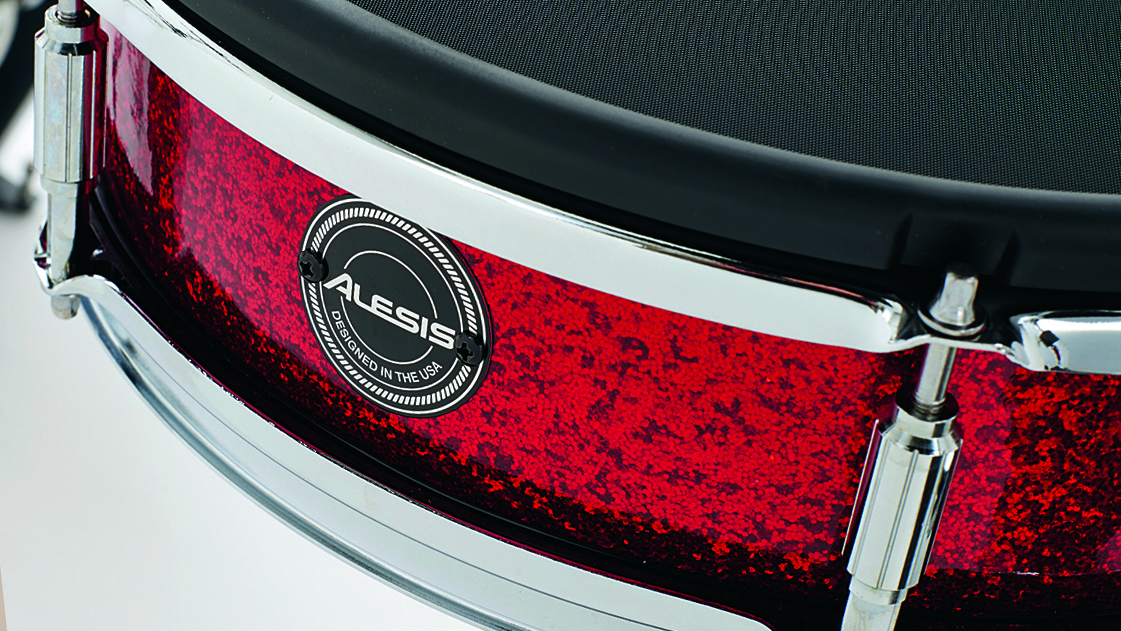
This tip applies to dual-zone pads and triggers, which offer you two separate voices via a stereo output. That rim of your snare pad doesn’t have to be used for playing sidesticks and rimshots - you can assign it to whatever sound you like via your module’s internal menu.
So, if you want to add say, a cowbell, ride cymbal, or any other sound without taking up any additional space, this is a simple solution. If your module is limited for options, or you can’t unlink the assignment of head and rim giving you complimentary sounds, you could use a ‘Y-cable’ to give you dual-mono outputs from your pad or trigger, allowing you to send each zone to a different input on your module.
Think outside the (drum) box
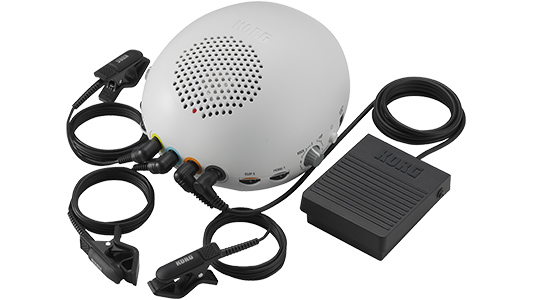
We’re looking at ways of solving a problem here, rather than going after the ultimate in feel and sound reproduction. With that in mind, we’d definitely recommend checking out some affordable trigger options. These are the simplest form of triggering: one zone, picked up by a piezo attached to the surface you’re hitting.
Korg’s Clip hit, for example can attach its four triggers to different playing surfaces (your practice pad, desk, a cardboard box) and produce a trigger signal that the egg-shaped brain turns into drum sounds. Likewise, simple triggers such as the Yamaha DT10, Pintech RS-5 and DDrum Red Shot can all be stuck to a surface to pick up vibrations and create your trigger signal.
Further recommendations for drummers
- Explore the best electronic drum sets for kids
- These are the best Roland electronic drum sets around
- ...and the best Yamaha electronic drum sets
- Put your best foot forward with the best bass drum pedals
- Need sticks? These are the best drumsticks for every type of drummer
- Explore the best studio headphones for monitoring your e-kit

I'm a freelance member of the MusicRadar team, specialising in drum news, interviews and reviews. I formerly edited Rhythm and Total Guitar here in the UK and have been playing drums for more than 25 years (my arms are very tired). When I'm not working on the site, I can be found on my electronic kit at home, or gigging and depping in function bands and the odd original project.




